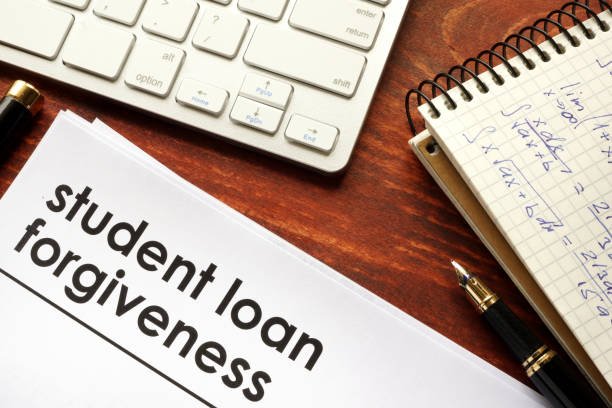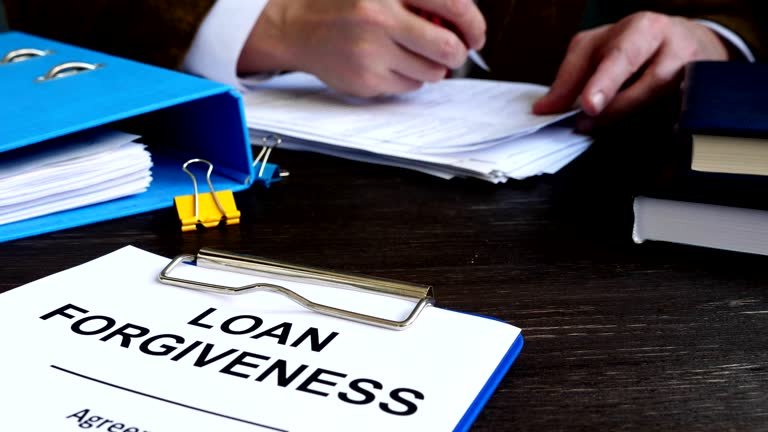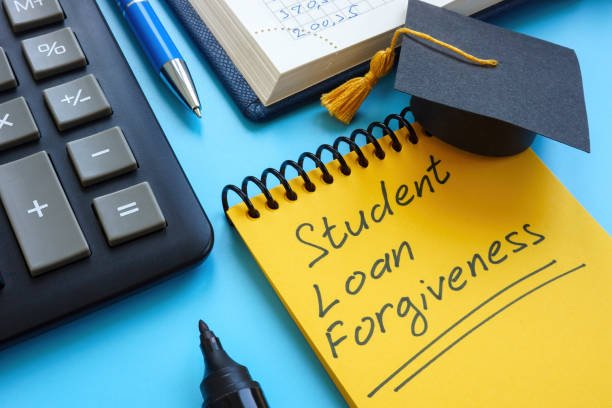Introduction
Today we discuss How to Qualify for Student Loan Forgiveness in 2024. Deciding between federal and private Student Loan is based on your personal financial situation, ability to repay, and future plans. If you’re looking for flexible payment plans, low interest rates, and loan forgiveness programs, federal loans are for you.
But if you need more money and can arrange a co-signer, a private loan can also be a good option. You should weigh every aspect carefully to decide which loan is right for your future plans and financial stability.
By keeping your education and future career goals in mind while making this decision, you can easily manage your debt and successfully complete your education journey.
2. Different types of Student Loan Forgiveness programs

There are various student loan forgiveness programs available in 2024 designed for different professions and situations. Public Service Loan Forgiveness (PSLF) is for people who work for the government or non-profit organizations.
What’s more, there is also a teacher loan forgiveness program that is specific to teachers. There are also Income Driven Repayment (IDR) plans where your monthly payments are adjusted according to your income, and the remaining loan is written off after 20-25 years. Eligibility criteria for each program vary, so you should be fully informed about your options
3. Eligibility Requirements for PSLF
The Public Service Loan Forgiveness (PSLF) program is for borrowers who work in full-time public service jobs. To qualify for the program, you must be a Direct Loan holder and complete 120 qualifying monthly payments.
These payments are made over 10 years of your approved repayment plan. You may be eligible for PSLF if your employer is a government or non-profit organization. You must also submit verification of your employment annually to ensure you are eligible.
4. Benefits of Income Based Payment Plan
Income Driven Repayment (IDR) plans to adjust your loan payments according to your income. If you are on an IDR plan and you make regular payments for 20-25 years, you get the remaining loan amount waived off.
IDR includes Modified Pay As You Earn (REPAYE), Pay As You Earn (PAYE), Income Based Repayment (IBR), and Income Contingent Repayment (ICR). Each plan has its own requirements, but all aim to work out your financial burden. In 2024, Kai Lag can get rid of his debt through plans.
5. Teacher Loan Forgiveness Program
The Teacher Loan Forgiveness Program is great for teachers who work in low-income schools. If you qualify for the program, you can have up to $17,500 of federal student loans forgiven. For this it is necessary that you will continue to teach full-time for five years in an eligible school.
This amount is higher for math, science and special education teachers. This program is great for teachers who want to advance in their professional career and work off the debt load.
6. State-specific loan forgiveness programs

Many states offer their own loan forgiveness programs designed for specific occupations or areas. These programs are often for people who work in areas of critical need, such as rural health care or public education. Each state has its own eligibility criteria and application process.
However, if you’re interested in a state-specific loan forgiveness program, you’ll find the most up-to-date information from your state’s department of education or website. This program can be very helpful in working out your financial burden.
7. Application Process for Student Loan Forgiveness
Applying for student loan forgiveness is a structured process that involves documentation and verification. First, you need to check your eligibility and understand the requirements of the program you are applying for.
For PSLF you have to submit an Employment Certification Form (ECF) every year or when you change your job. For an IDR plan, you have to verify your income and family size to adjust your monthly payments every year. To avoid getting bogged down in the application process, be sure to submit all the documents correctly.
8. Common errors that can be logged
Here are some common mistakes students make when applying for Student Loan Forgiveness that can delay or deny their application. The first mistake is that the logs do not evaluate their capabilities properly.
Another mistake is that loggers do not submit their documents correctly, including incomplete forms or incorrect information. Also, if you don’t update your income or employment status annually, this can also be a problem for your application. So it is important that you get all the information and follow all the steps carefully.
9. Benefits and Challenges of Student Loan Forgiveness

Student Loan Forgiveness has its benefits, but it also comes with some challenges. The benefits are that you can get rid of your debt, improve your financial stability, and achieve your professional goals. challenged the complicated application process, eligibility criteria and required documents.
is party to adjusting his situation with his employment or payment plan, which can be difficult. If you follow all the steps correctly, then you can overcome the challenges.
10. Conclusion
Achieving Student Loan Forgiveness can be a daunting task, but it’s doable if you take proper planning and the right approach. The first thing is that you have to get full information in your options bar. It is important to understand and meet the requirements of each program.
You will need to properly submit documents during your application process and update your income and employment each year. If you follow these steps carefully and manage your debt wisely, you can pay off your student loans in 2024 and move forward with your financial life.
